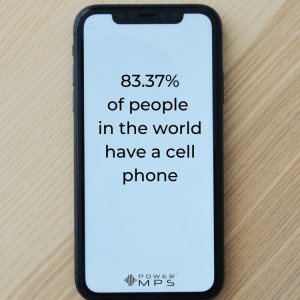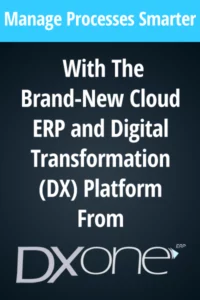Mobile devices are taking over the world. Even where laptops once reigned supreme, tablets and hybrid tablet/computers are quickly overtaking as the go-to electronic resource. With so many offices working to integrate phones and tablets into their standard workplace operations, standard desktop data platforms and sales offerings are not enough to keep up with purchasing trends and client expectations.
Today’s business not only expect mobile integration and data access, they demand it. And office printer businesses cannot afford to be left behind.
Mobile Use Statistics
 In 2022, the number of smartphone users is over six billion, nearly double the number in 2019. Over a quarter of the world population (83.37%) use smartphones today. And that number continues to grow as more and more of the world’s general population switches from standard cellular phones to smart devices.
In 2022, the number of smartphone users is over six billion, nearly double the number in 2019. Over a quarter of the world population (83.37%) use smartphones today. And that number continues to grow as more and more of the world’s general population switches from standard cellular phones to smart devices.
But perhaps even more surprising is the sheer volume of people who use their mobile devices to research and purchase products and services – over seventy-five percent. After all, why visit a brick-and-mortar store if you can get the same goods or services from the comfort of your home or office?
Fortunately, as both businesses and consumers make continued moves to mobile integration, there are many ways the office print industry can benefit from this trend. The most notable perk is increased access to real-time and near-real-time information.
Smartphones Equal Smart Business
Retailers have long been working to improve their inventory systems to help them track sales trends. Merchants have taken this idea even further to track not only actual sales but also how a purchase was made and who made that purchase. And mobile devices, coupled with consumer loyalty apps and the latest in point-of-sale and cash storage technologies, have made these processes more accessible than ever with easy access to personal consumer data and real-time business reporting.
CEOs are now able to view their business data on the go. So whether they are ready to walk into a meeting, on a flight, on the golf course, or sitting in their office, keeping tabs on the business is easier for any executive through their mobile device. And, rather than waiting to return to the office, decision-makers can quickly provide valuable feedback and informed determinations.
Even better, most mobile business intelligence applications recognize the need for data visualization. While actual numbers can be easily accessed, interactive dashboards provide charts and graphs that are easy to review and interpret. Many can even be easily exported for use in presentations, emails, texts, chats, and other business conversations.
As mobile business intelligence continues to evolve, experts anticipate business leaders will continue to rely more heavily on these systems to:
- Make data more accessible
- Reduces the time used to get information
- Improve decision making
- Increase revenue opportunities
- Reduce costs by improving business performance
How Does Mobile Business Intelligence Help Offices With Printer Partners
Managed print services and other office printer businesses can leverage mobile business data to enhance the visibility of printer performance for their clients. Partners of printer businesses that use mobile intelligence can view real-time information, including ink and toner levels, service alerts for their printers, and other statuses that may impact their daily business operations.
This information helps office printer partners make more informed decisions about when to order supplies and what needs to be included in each order. It can also provide further data to help them see the performance and longevity of different types of toners, inks, and papers. Finally, it can also help office managers and IT see when there are increases or changes to office printer use and make decisions accordingly.
How Mobile Business Intelligence Helps MPS and Office Printer Service Providers
Mobile business intelligence gives office printer operations departments fast access to printer performance, sales numbers, real-time inventory availability, service requests, service schedules, and other vital business operational information. Management can use this information to help them make decisions about employee scheduling, service routes, ordering, and other essential things affecting business performance.
Real-time, mobile business intelligence also helps the sales side of the business by assisting them in determining the right time to reach out to their office printer clients. In addition, these systems help sales teams be proactive about printer issues, scheduling printer service, and determining the timing for upcoming supply orders – all based on actual office printer performance.
Sales representatives can recommend settings updates or adjustments to supply ordering schedules when there are changes in print volumes. Mobile intelligence can also help on-the-go sales associates quickly determine the status and trends of their clients’ printer fleet. This information will help them make the appropriate recommendations for new machines or configurations for on-site and even over-the-phone consultations.
The move to mobile data and business intelligence is happening worldwide and across industries. And as individuals move to smart devices, businesses are quickly following suit. For example, office printer services businesses that move to implement mobile data and business intelligence are not only placing themselves ahead of the competition but also becoming more agile partners for their clients.







